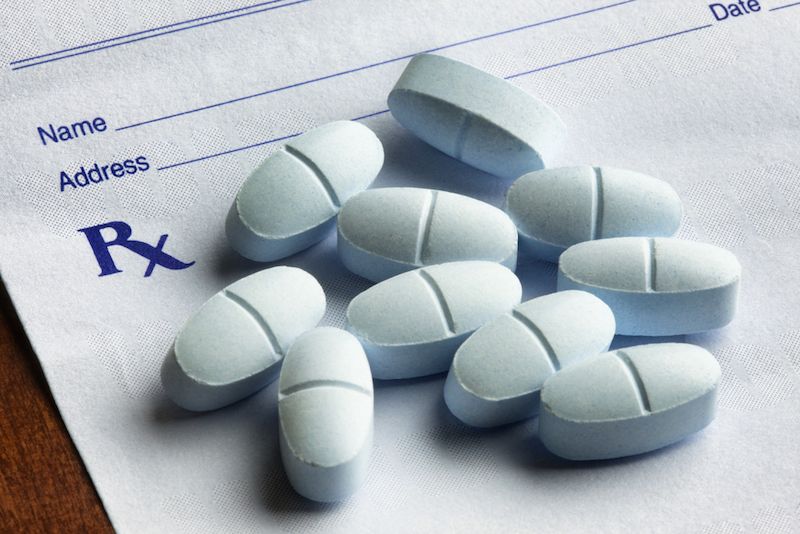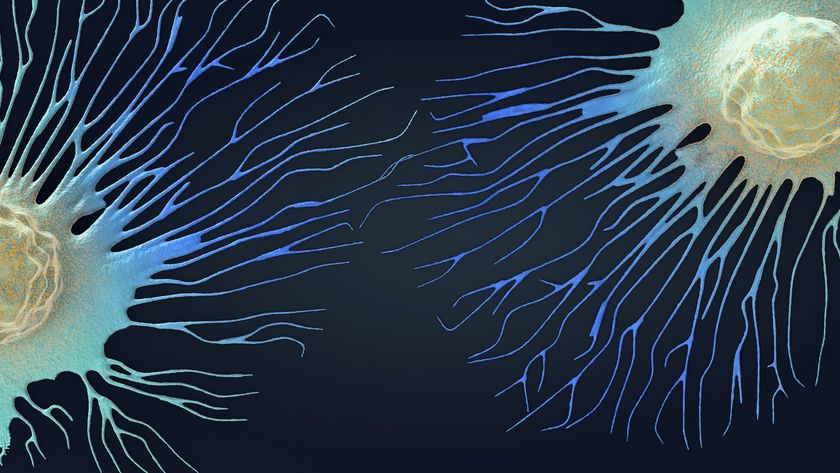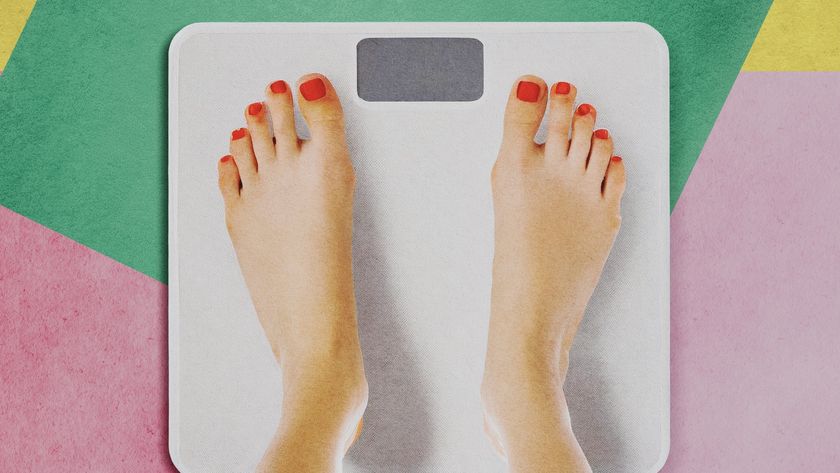Thousands of US Kids Take Opioid Drugs Accidentally Each Year

Thousands of U.S. children ingest opioid drugs each year on accident, a new study found.
Researchers analyzed calls to U.S. poison control centers from 2000 to 2015. Results showed that, during this time, there were 188,000 total calls, or more than 11,000 calls per year, regarding children and teens who ingested opioid drugs.
More than half of these cases involved young children who unintentionally ingested the drugs, the researchers said.
"The opioid crisis which has been affecting our adult population has now trickled down to our children," Dr. Marcel Casavant, medical director of the Central Ohio Poison Center and co-author of the study, said in a statement. "When adults bring these medications into their homes, they can become a danger to the children that live there. It is important that these medications are stored up, away and out of sight of kids of all ages. In a locked cabinet is best," Casavant said. [America's Opioid-Use Epidemic: 5 Startling Facts]
The researchers found that:
- About 60 percent of the calls were for children ages 5 or younger, while 10 percent were for children ages 6 to 12, and 30 percent were for teens ages 13 to 19.
- The most commonly reported drug that was ingested was hydrocodone, which was involved in 29 percent of poison control calls for opioids, followed by oxycodone (reported in 18 percent of calls) and codeine (reported in 17 percent of calls).
- In more than half of the cases (55 percent), the child was sent to a health care facility, and 12 percent of the children needed to be admitted to a hospital.
- About one-fourth of the children experienced symptoms related to their opioid ingestion, including drowsiness and vomiting. In rare cases, children had trouble breathing, went into comas or experienced cardiac arrest. A total of 175 children, or 0.1 percent, died as a result of the opioid they ingested.
Among children in the cases ages 5 and younger, 85 percent were exposed to the drugs on accident, often when the children put the drugs in their mouths as part of their typical "exploratory behavior," the researchers said. In contrast, most teens (71 percent) who ingested the drugs took them intentionally. In a concerning result, there was a 52 percent increase in the rate of suspected suicide attempts involving prescription opioids among teens during the study period, the researchers said.
Teens who were exposed to opioids were also more likely than younger children to be admitted to a health care facility and experience serious effects from the drugs, the researchers found. Parents should be aware of this trend among teens, given that most teens who misuse prescription drugs get the drugs from friends or family, the researchers said.
Sign up for the Live Science daily newsletter now
Get the world’s most fascinating discoveries delivered straight to your inbox.
The study also found that, overall, the number of calls regarding opioid exposure among children and teens increased 86 percent from 2000 to 2009, but then decreased 32 percent from 2009 to 2015. This decrease may have been due to efforts to reduce opioid prescriptions in the United States, the researchers said.
However, there was one exception to this decrease in recent years: Calls regarding exposure to buprenorphine, a medication often used to treat opioid addiction, increased during the study period, the research found. This finding is concerning, given that about half of children who were exposed to this drug were admitted to a hospital, the researchers said.
"While overall rates of exposure to opioids among children are going down, they are still too high," said study co-author Dr. Gary Smith, director of the Center for Injury Research and Policy at Nationwide Children's Hospital in Columbus, Ohio. "We need to continue to examine our prescription practices and to increase education to parents about safe ways to store these medications at home to keep them out of the hands of children."
One strategy could be to package opioid drugs in blister packs, or in single-dose packages, instead of having an entire bottle filled with prescription pills. Single-dose packages of medications have been shown to help prevent accidental poisonings in children, the researchers said.
The study was published March 20 in the journal Pediatrics.
Original article on Live Science.

Rachael is a Live Science contributor, and was a former channel editor and senior writer for Live Science between 2010 and 2022. She has a master's degree in journalism from New York University's Science, Health and Environmental Reporting Program. She also holds a B.S. in molecular biology and an M.S. in biology from the University of California, San Diego. Her work has appeared in Scienceline, The Washington Post and Scientific American.
Most Popular





